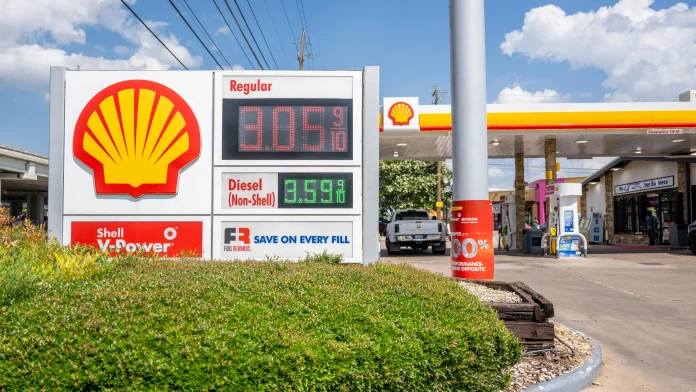Normally, gas prices go up in summer, but this year, they peaked around mid-April at about $3.67 per gallon. Now, they’re likely to keep dropping in the coming weeks.
Joe Brusuelas, RSM’s chief economist, thinks they could go down by another 10% from the current $3.44 per gallon. That’s good news for American households, as it could make summer spending easier on their wallets.
The decline in gas prices is attributed to reduced domestic demand and improved supply conditions. Recent data from AAA shows a 4% decrease in the average price of regular gas compared to a month ago. This trend is expected to persist due to lower consumer spending amidst ongoing inflation concerns and ample gasoline supply.
The decrease in gas prices comes as a relief amidst broader economic challenges. Despite inflation rates decreasing from their peak in mid-2022, they remain above the Federal Reserve’s target. For many Americans, especially those with lower incomes, persistent price increases for essentials like food and rent have strained budgets severely.

The impact of falling gas prices extends beyond consumer relief; it could also influence broader economic policies. Brusuelas suggests that lower gas prices might contribute to lower inflation readings, potentially supporting arguments for future interest rate reductions by the Federal Reserve.
Looking ahead, the supply dynamics in the oil market remain a significant factor. Despite efforts by OPEC+ to limit production, non-OPEC countries like the U.S., Canada, Norway, and Brazil are increasing their oil output. This influx of supply is expected to keep oil and gasoline prices subdued as the year progresses, according to industry analysis.
While Americans have faced substantial economic pressures in recent years, declining gasoline prices offer a reprieve. This trend not only eases immediate financial burdens but also has implications for broader economic policies and inflation management in the months ahead.


